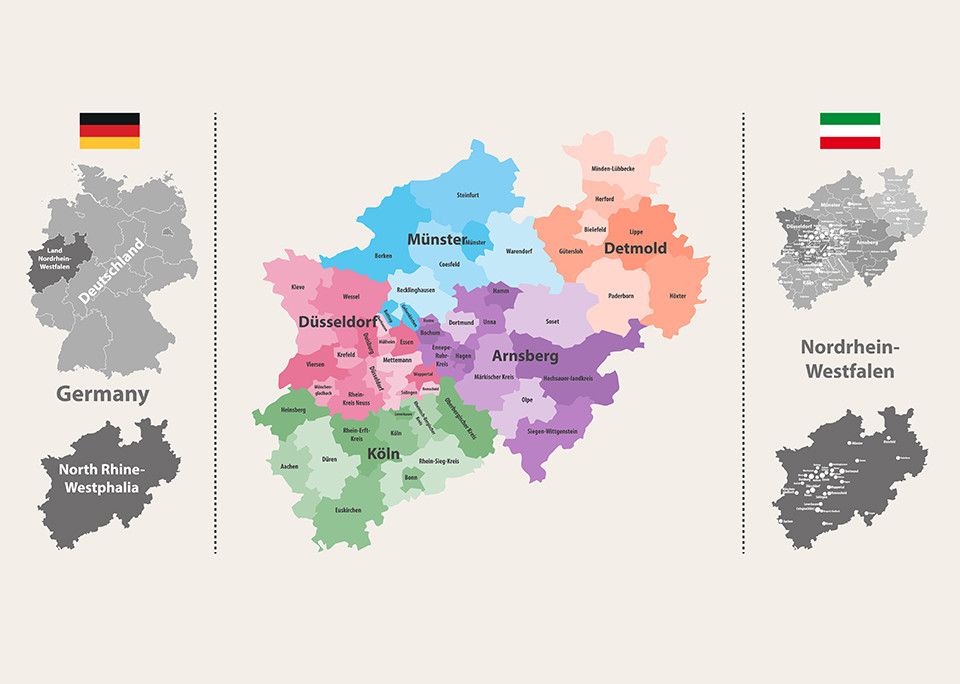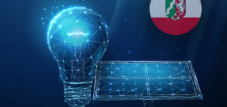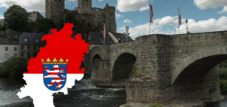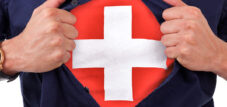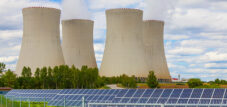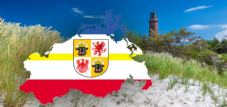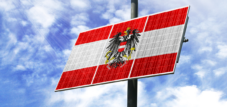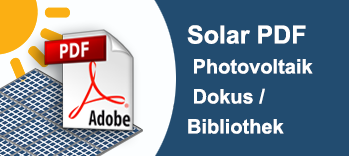The sun gold of 68 terawatt hours in North Rhine-Westphalia
Language selection 📢
Published on: August 21, 2020 / update from: August 22, 2020 - Author: Konrad Wolfenstein
Across Germany, around one in ten terawatt hours of electricity comes from renewable energies from North Rhine-Westphalia, according to the State Office for Nature, Environment and Consumer Protection (LANUV).
- With over 288,000 systems for generating renewable energies and an electricity volume of 23.3 terawatt hours, over 16 percent of the electricity consumption in North Rhine-Westphalia was provided by renewable energies in 2019. With this amount alone, Bremen, Hamburg and Mecklenburg-Western Pomerania could be completely supplied with electricity.
- 68 terawatt hours of solar power were calculated on the approximately eleven million roofs in North Rhine-Westphalia. So far, around 4 terawatt hours have been realized and therefore only around three percent of the current electricity consumption in North Rhine-Westphalia.
- Densely populated regions such as Cologne, Düsseldorf and the Ruhr area offer particularly great solar power potential. If all potential is implemented, savings of around 30 million tons of CO2 could be achieved. This corresponds to around ten percent of North Rhine-Westphalia's current greenhouse gas inventory.
- The largest expansion, with around 470 megawatts of installed capacity, was recorded last year in the area of photovoltaics. This is the fourth year in a row that photovoltaics has exceeded the previous year's expansion.
"Photovoltaics has a great advantage: I can generate the current exactly where it is used," explained Lanuv President Dr. Thomas Delschen. “Especially plants on roof surfaces on top and seal no additional space. This is particularly important in North Rhine-Westphalia, since we have to deal with the conflicts about freedom in the most densely populated state of Germany. And it is precisely on these many roof surfaces that huge unused potential is slumbering, with which many other terawatt hours of solar power could be produced. ""
"With the Solarkastaster NRW , it is possible to get reliable information for each roof in North Rhine-Westphalia about the expected energetic and financial yields of a solar system," said Lanuv President Delschen. "The integration of storage and electric cars is also possible to calculate a photovoltaic system." Furthermore, by far the largest proportion of renewable electricity is generated by the approximately 3,700 wind turbines in North Rhine -Westphalia. Last year these were 11.6 terawatt hours. This corresponds to eight percent of the total electricity consumption in North Rhine -Westphalia and thus about half of the renewable electricity. In 2019, 37 new wind turbines with an output of 125 MW were installed. This also reflects the declining national trend in NRW.
The facts from NRW:
- Electricity generation from renewable energies increased by around 660 gigawatt hours (GWh) from 2018 to 2019
- At 425 GWh, this increase comes largely from photovoltaics, followed by bioenergy and wind
- This is the fourth year in a row that photovoltaics has exceeded the previous year's expansion
- 281,959 PV roof systems and 355 PV ground-mounted systems produced an amount of electricity of 4.8 TWh in 2019
- PV therefore contributed 3.3% to electricity consumption
- 3,708 wind turbines produced 11.6 TWh of electricity in 2019
- Wind energy therefore contributed 8.1% to electricity consumption and is currently the largest source of renewable energy
- 1,686 biomass, sewage gas and landfill gas plants produced 5.9 TWh of electricity in 2019
- Bioenergy therefore contributed 4.2% to electricity consumption
- Electricity generation from hydropower contributed 0.4% to electricity consumption
- Electricity generation from mine gas plants contributed 0.3% to electricity consumption
Share of renewable energies in electricity consumption in NRW:
- Munster 44%
- Detmold 34.4%
- Arnsberg 21.6%
- Cologne 11%
- Dusseldorf 8.6%
- RVR 8%
Share of photovoltaics in electricity consumption in NRW:
- Munster 9.1%
- Detmold 6.1%
- Arnsberg 4.3%
- Düsseldorf 2.4%
- Cologne 2.2%
- RVR 1.6%
► Contact me or discuss with me on LinkedIn
What will be crucial for the future will be how we secure the infrastructure of our key industries!
Three areas are of particular importance here:
- Digital Intelligence (Digital Transformation, Internet Access, Industry 4.0 and Internet of Things)
- Autonomous power supply (CO2 neutrality, planning security, safety for the environment)
- Intralogistics/logistics (full automation, mobility of goods and people)
Xpert.Digital delivers you here from the Smart AUDA series
- Autonomization of energy supply
- urbanization
- Digital transformation
- Automation of processes
always new information that is updated regularly.



